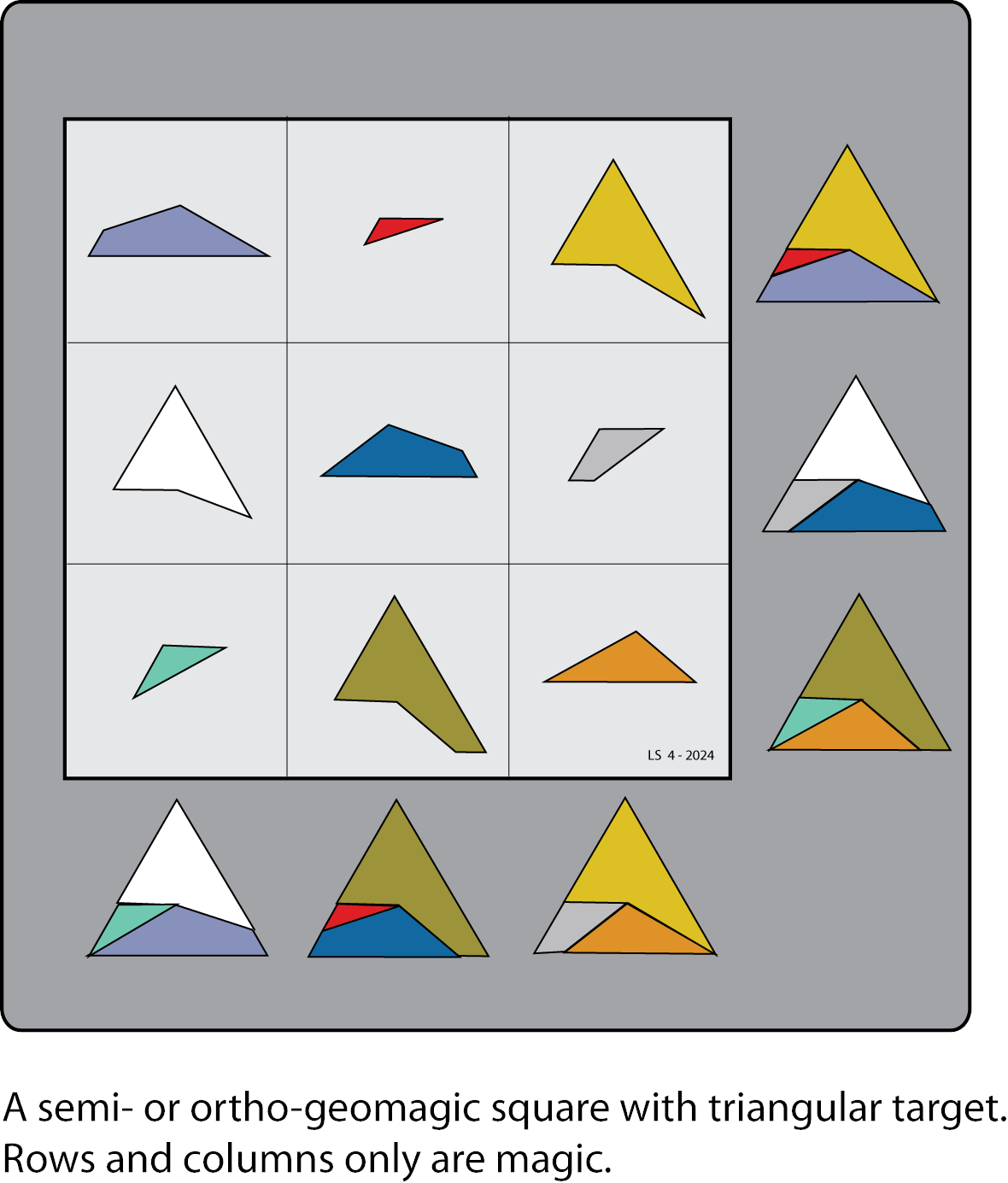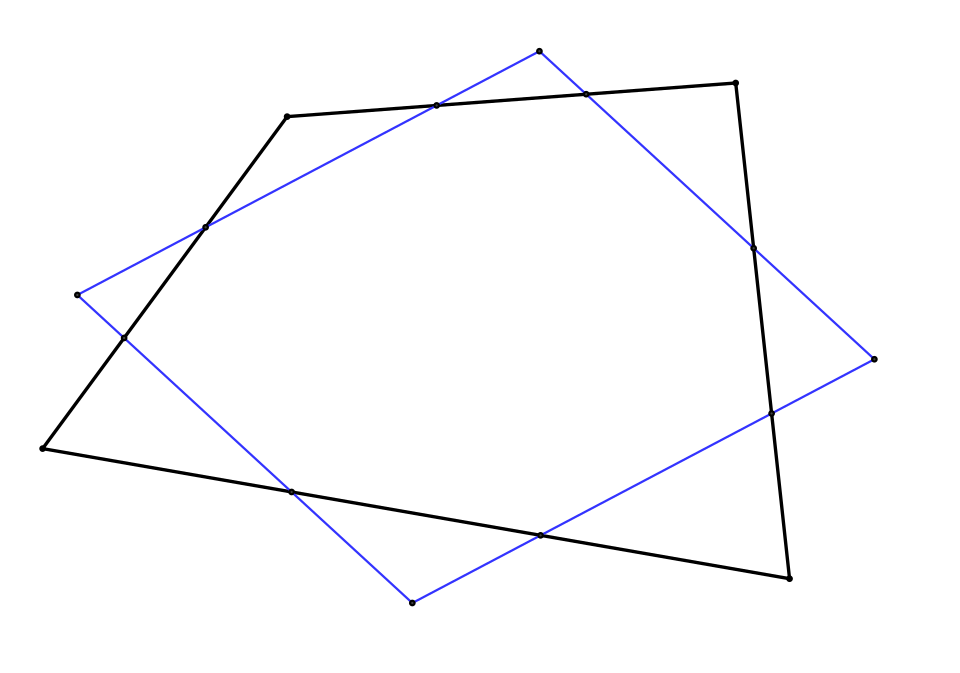“Good tests kill flawed theories; we remain alive to guess again.” — Karl Popper
“There are two possible outcomes: if the result confirms the hypothesis, then you’ve made a measurement. If the result is contrary to the hypothesis, then you’ve made a discovery.” — Enrico Fermi
“This particular thesis was addressed to me a quarter of a century ago by John Campbell, who … told me that all theories are proven wrong in time. … My answer to him was, ‘John, when people thought the Earth was flat, they were wrong. When people thought the Earth was [perfectly] spherical, they were wrong. But if you think that thinking the Earth is spherical is just as wrong as thinking the Earth is flat, then your view is wronger than both of them put together.’ The basic trouble, you see, is that people think that ‘right’ and ‘wrong’ are absolute; that everything that isn’t perfectly and completely right is totally and equally wrong. However, I don’t think that’s so. It seems to me that right and wrong are fuzzy concepts.” — Isaac Asimov, The Relativity of Wrong, 1988







